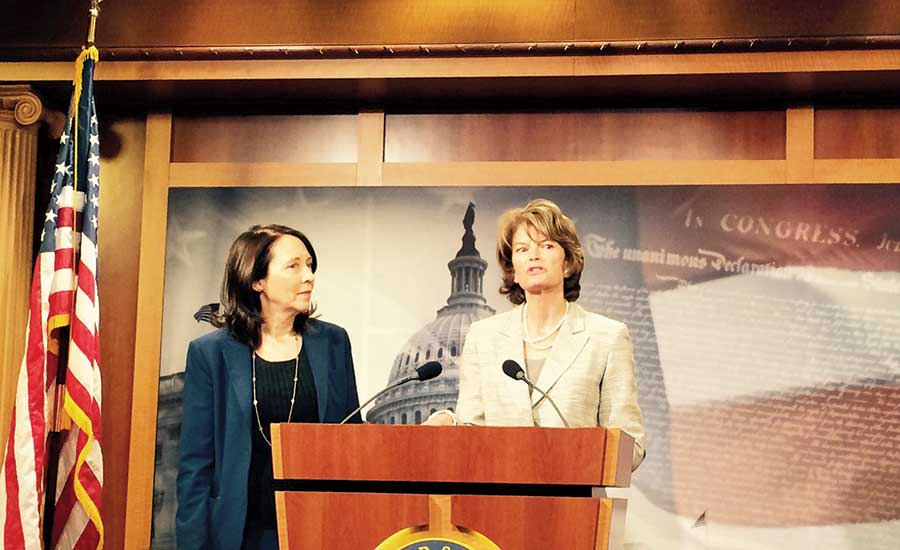With the Senate’s strong approval of a comprehensive energy bill, political observers are waiting for conferees to be named to work out significant differences between the House and Senate measures.
Construction groups like elements in each bill, including expedited approval of natural gas pipelines, liquefied natural gas export terminals and hydroelectric projects. The Senate version also includes new energy-efficiency requirements for buildings and significant boosts for solar, geothermal and clean-coal projects and research.
But many hurdles to final passage lie ahead. After the Senate passed the bill on April 20 by an overwhelming 85-12 vote, its chief sponsor, Energy and Natural Resources Committee Chair Lisa Murkowski (R-Alaska), told reporters, “We will have our work cut out for us” to reconcile the two bills.
Lawmakers face a compressed election-year schedule, and there are key differences between the House and Senate measures. The Senate bill had wide bipartisan support, but the House legislation, which passed on Dec. 3, did not.
For one thing, says Daniel Bresette, Alliance to Save Energy director of government relations, “The House and Senate bills are very far apart in terms of energy efficiency.” The Alliance supported the Senate bill, but Bresette says language in the House bill to roll back existing processes for developing and adopting building energy codes is problematic.
The American Institute of Architects is seeking to persuade lawmakers to delete language in the House and Senate bills to repeal target reductions in federal buildings’ fossil-fuel consumption. The administration has cited the provision as one reason it might veto the bill. Christina Mason, AIA director of federal relations, says her group is working with lawmakers to get the language pulled. But removing provisions that are in both bills will be difficult.
Mason says the language in current law governing the targets could be made more clear about what types of projects it covers, but that is “fixable” through the regulatory process.
Some groups see potential benefits for construction contractors and engineers in the energy legislation, if it is enacted.
Marco Giamberardino, National Electrical Contractors Association executive director of government affairs, says, “This bill has been a long time coming.” He says NECA members support the bills’ faster reviews for energy projects, including deadlines for agency decisions, and the Senate bill’s energy-efficiency measures.
Murkowski has said she would like to have a final bill approved by mid-July, when Congress begins its summer recess. But Giamberardino suggests it is more likely that the bill will be ready for final passage by September.


